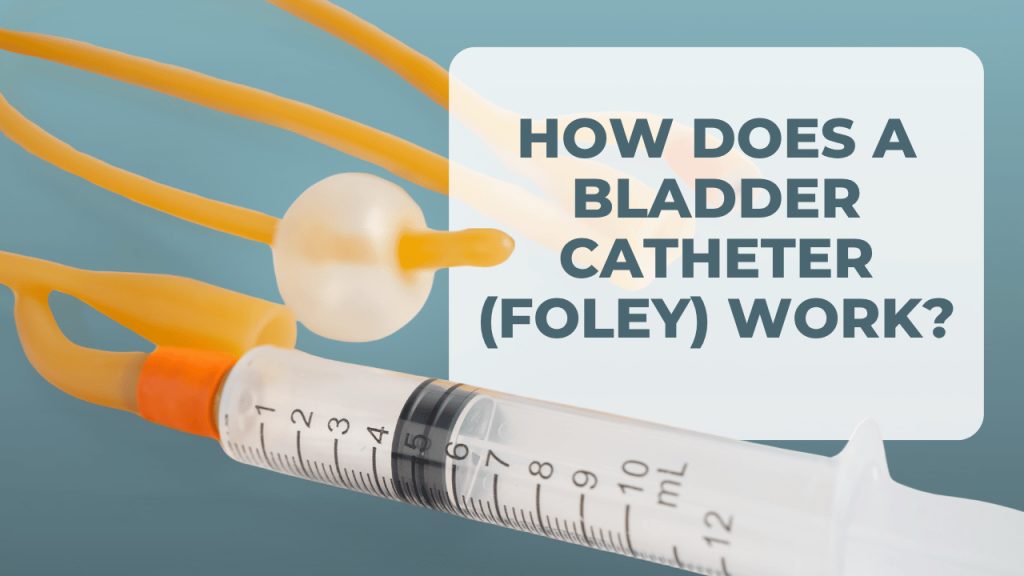Incontinence (urinary leakage) is a common problem after treatment for prostate cancer. This can occur after surgery (prostatectomy), radiation, or other treatments (cryotherapy). Leaking after prostate cancer treatment can be a devastating problem for men. Fortunately, there are ways to help! Here’s an introduction to pelvic floor exercises after prostate cancer treatment. Pelvic exercises after prostate surgery are one of the most effective ways to manage incontinence (urinary leakage). At hfitness.com, we understand how challenging this journey can be. That’s why we’re dedicated to helping men regain control through education, evidence-based exercises, and supportive community resources.
Pelvic Exercises After Prostate Surgery
Pelvic exercises after prostate surgery are one of the most effective methods to help men regain bladder control and improve overall pelvic health following prostate cancer treatment. These exercises target the muscles that support your bladder and urinary function, helping reduce urinary leakage and speed up recovery. Incorporating a daily routine of pelvic floor strengthening can make a significant difference in managing incontinence and enhancing quality of life during the crucial healing period.
At hfitness.com, we provide expert guidance and tailored programs to help you perform these exercises correctly and consistently, ensuring you get the best results in your recovery journey.
Why Am I Leaking After Prostate Cancer Treatment?
If you’ve recently undergone surgery for prostate cancer, it’s completely normal to experience some degree of urinary leakage in the days and weeks following your procedure. This happens because the sphincter muscles that control the flow of urine may be weakened or temporarily impaired during treatment.
Key Takeaway:
Don’t panic — early incontinence is common and often improves significantly with time and care.
During the healing phase, prioritize:
-
Rest and recovery
-
Healthy eating and hydration
-
Gentle physical activity like walking
-
Avoiding heavy lifting or straining
What If I’m Still Leaking Months Later?
Pelvic floor exercises! Research has shown us that most of the healing to your bladder will take place within the first year. So it’s really important to use that year well!! This means getting into a routine of daily pelvic floor strengthening exercises. But first check with your doctor to make sure that it is OK to begin exercises.
In addition, pelvic floor exercises can also help men with another common problem after surgery – erectile dysfunction.
Introducing Pelvic Floor Exercises (Also Known as Kegels)
Pelvic floor exercises are designed to strengthen the muscles that support your bladder, bowel, and sexual function. When done correctly and consistently, they can significantly reduce or even eliminate urinary leakage.
In fact, studies have shown that pelvic floor muscle training:
-
Speeds up the return of bladder control
-
Supports better erectile function
-
Helps avoid more invasive treatment options later
How to Do Pelvic Floor Exercises Correctly
This step is crucial — many men perform these exercises incorrectly, which limits their effectiveness. Without proper guidance, it’s easy to activate the wrong muscles (e.g., glutes or abdomen) instead of the pelvic floor.
What to Do:
-
Ask your physician or urologist for a demonstration.
-
Work with a pelvic floor physical therapist if one is available in your area.
-
Use visual aids, videos, or apps to better understand correct technique.
At hfitness.com, we’ve developed step-by-step educational programs that help you:
-
Identify the correct muscles
-
Practice daily routines with reminders
-
Track your progress and stay consistent
Other Helpful Resources to Support Your Recovery
In addition to exercise, we recommend focusing on a bladder-friendly lifestyle:
-
Avoid bladder irritants (e.g., caffeine, alcohol, spicy foods)
-
Stay hydrated with water throughout the day
-
Manage constipation, which can worsen incontinence
At hfitness.com, our Stress Urinary Incontinence (SUI) program offers:
-
Guided pelvic floor training
-
Nutrition and lifestyle education
-
Printable resources and videos
-
Access to our online support community
We also welcome your questions! Feel free to reach out to our team at 📩 [email protected] for personalized guidance.
This blog is part of our blog series on incontinence after prostate treatment. Be sure to check out our other blogs:
- Urinary incontinence after prostate surgery or radiation.
- Pelvic floor exercises after prostate surgery or radiation.
- Surgery to fix incontinence after prostate surgery or radiation.
When Should You Consider Surgical Options?
While most men experience noticeable improvement within 6 to 12 months post-treatment, some may continue to struggle with incontinence despite consistent pelvic floor training. In such cases, surgical interventions — such as urethral slings or artificial urinary sphincters — may be appropriate.
Talk to your urologist about:
-
The severity and type of incontinence
-
Your quality of life
-
Non-surgical treatments you’ve already tried
Why Pelvic Exercises After Prostate Surgery Matter More Than You Think
Pelvic exercises after prostate surgery play a critical role in helping men regain control over their bladder and rebuild confidence. While it’s normal to experience incontinence after treatment, the first year is a vital window for healing—and targeted pelvic floor training can make all the difference.
At hfitness.com, we offer expert resources and guided programs to ensure you’re performing these exercises correctly and consistently. With the right support and education, recovery becomes a lot more manageable. Start today, and take the first step toward reclaiming your well-being.




